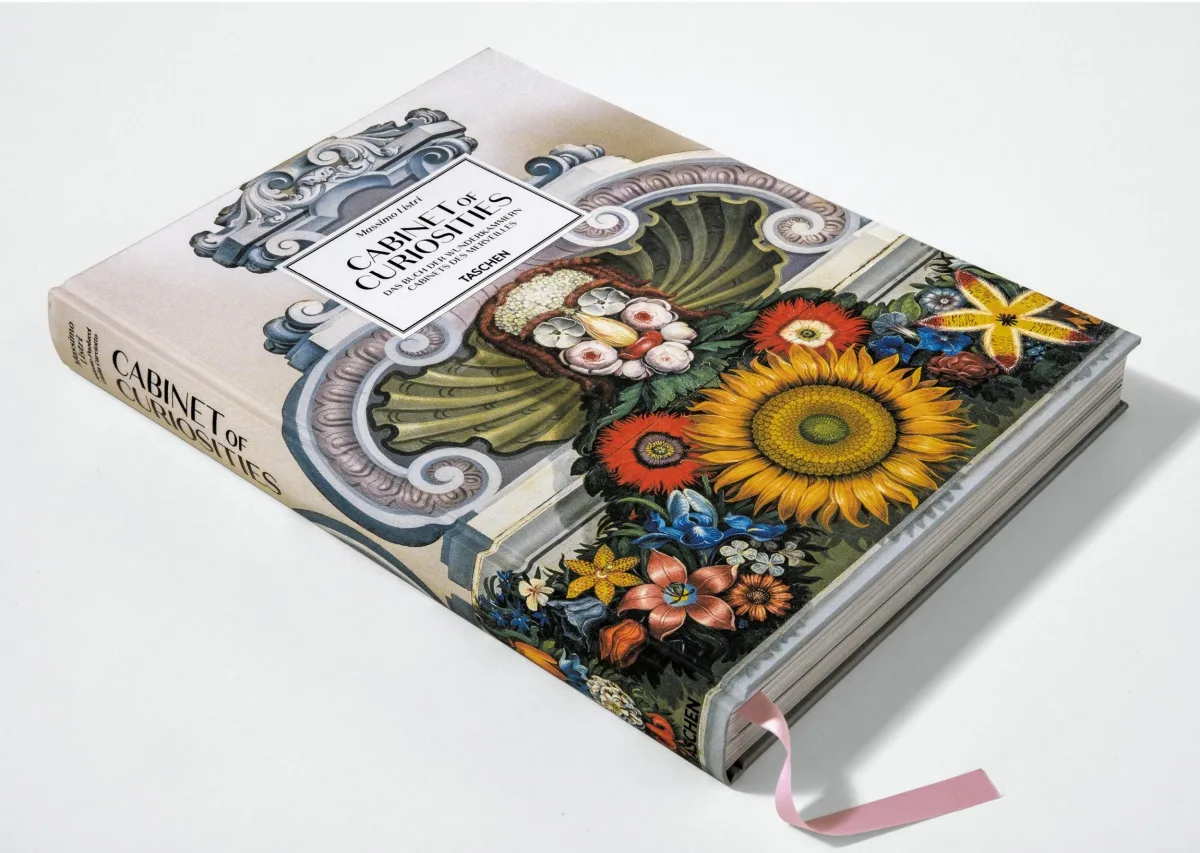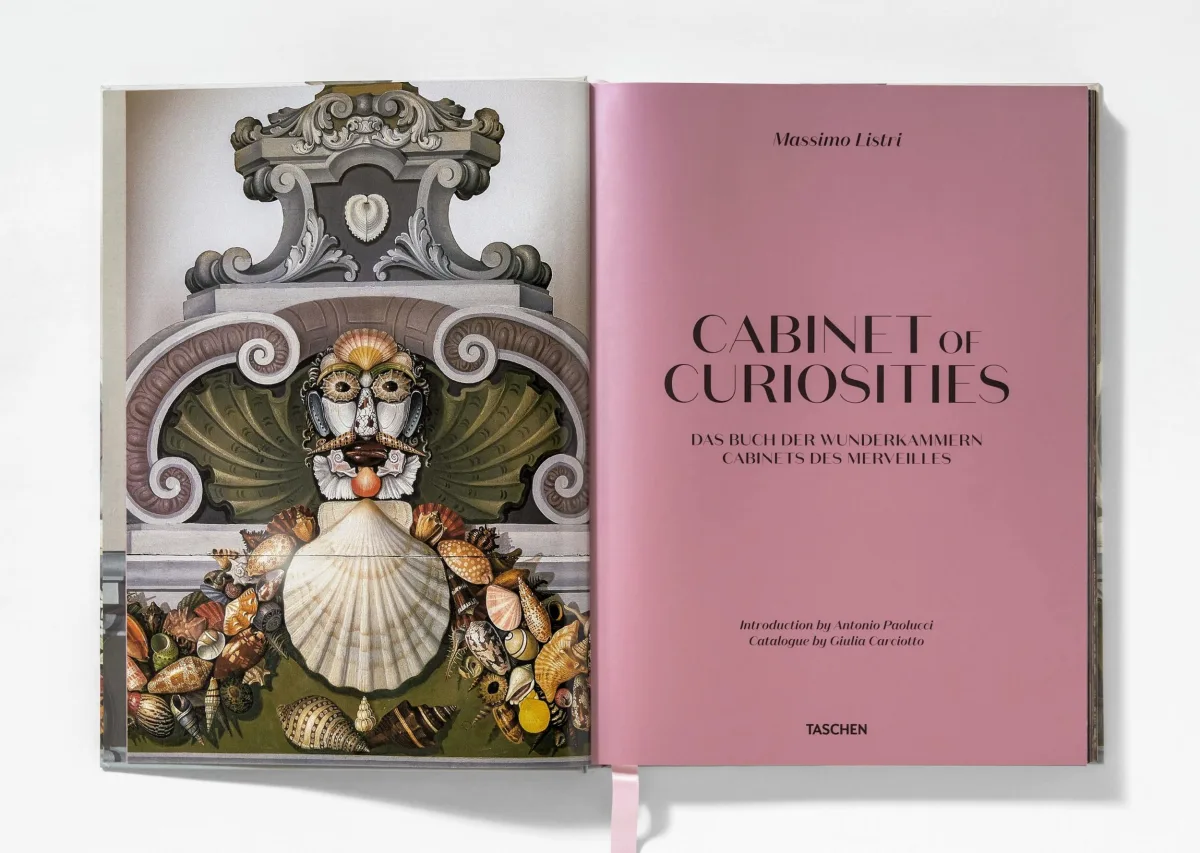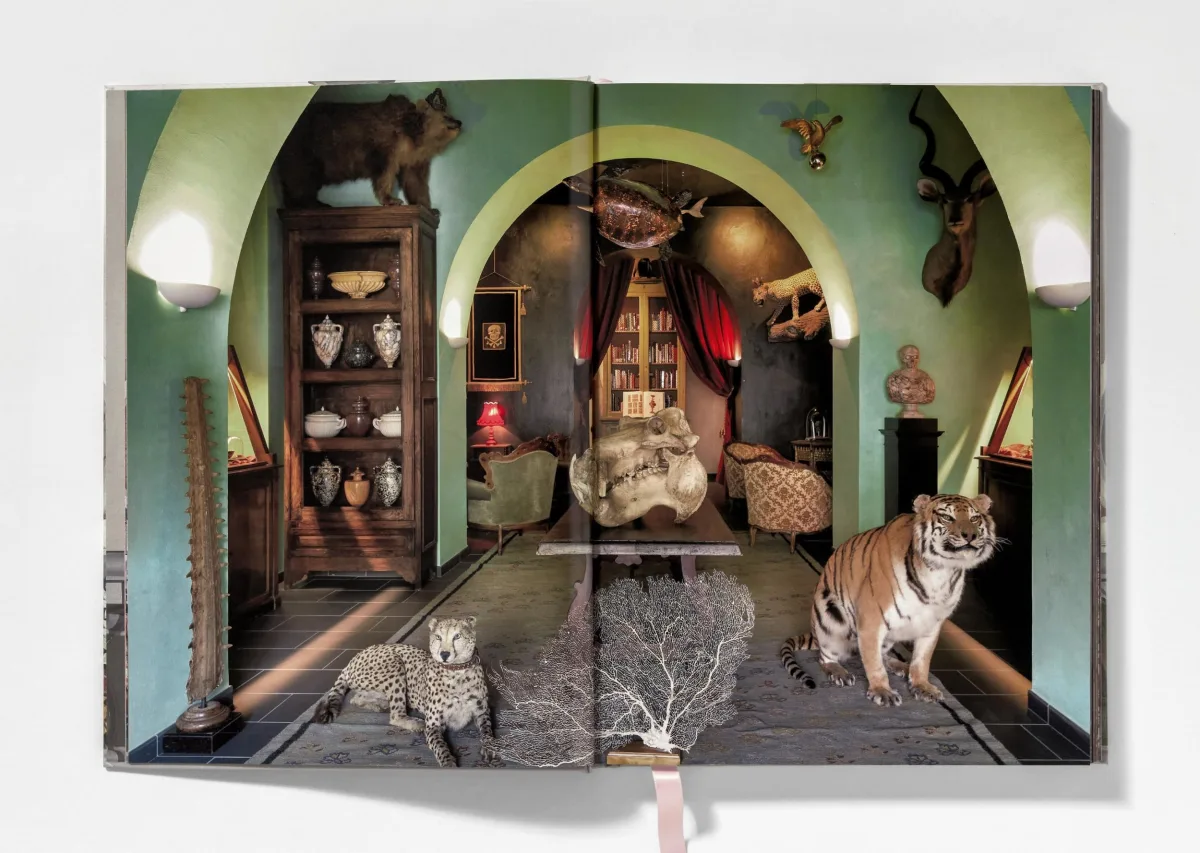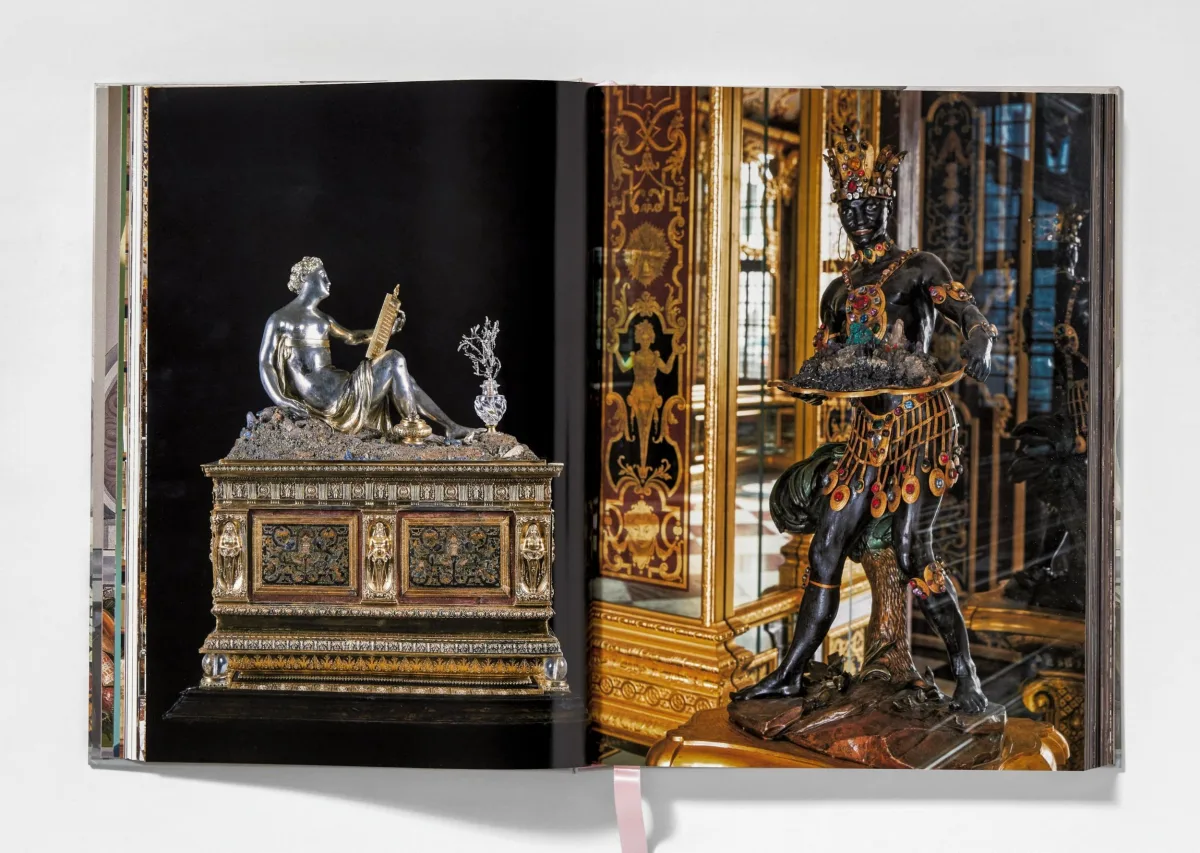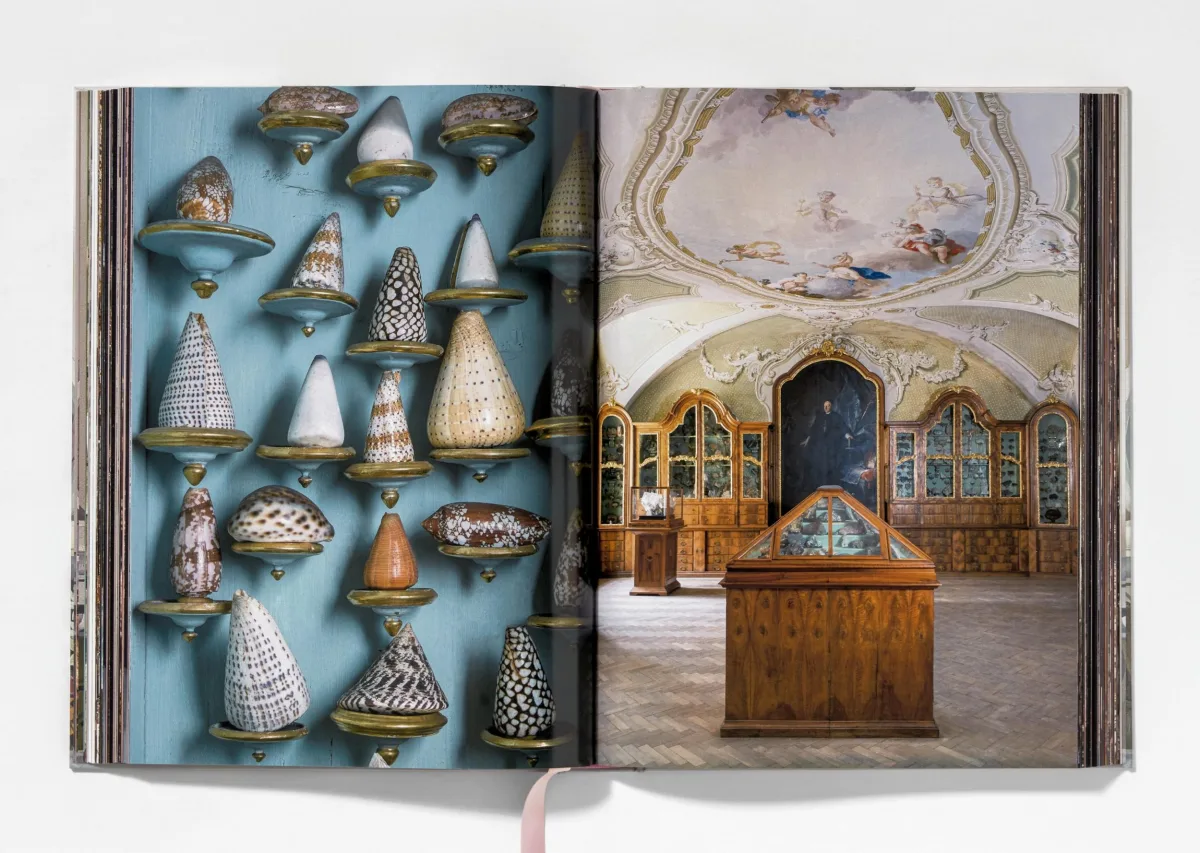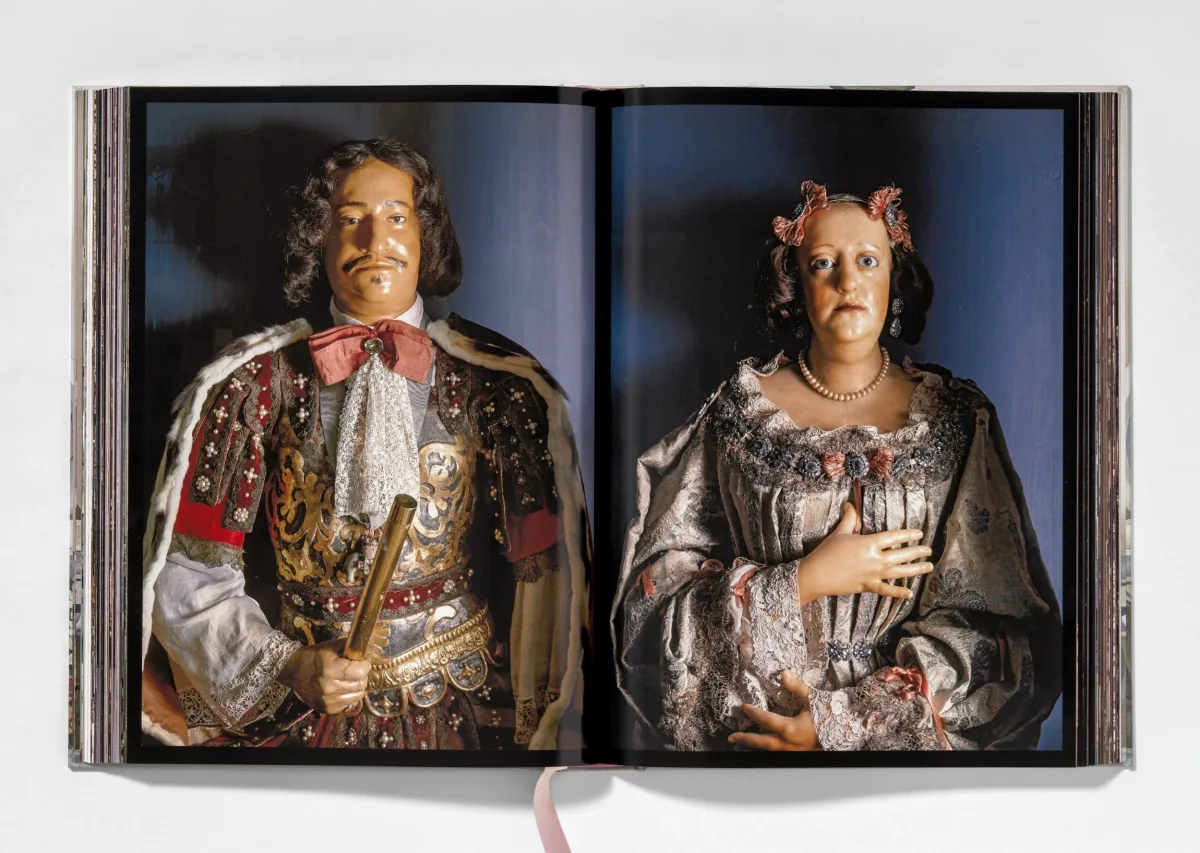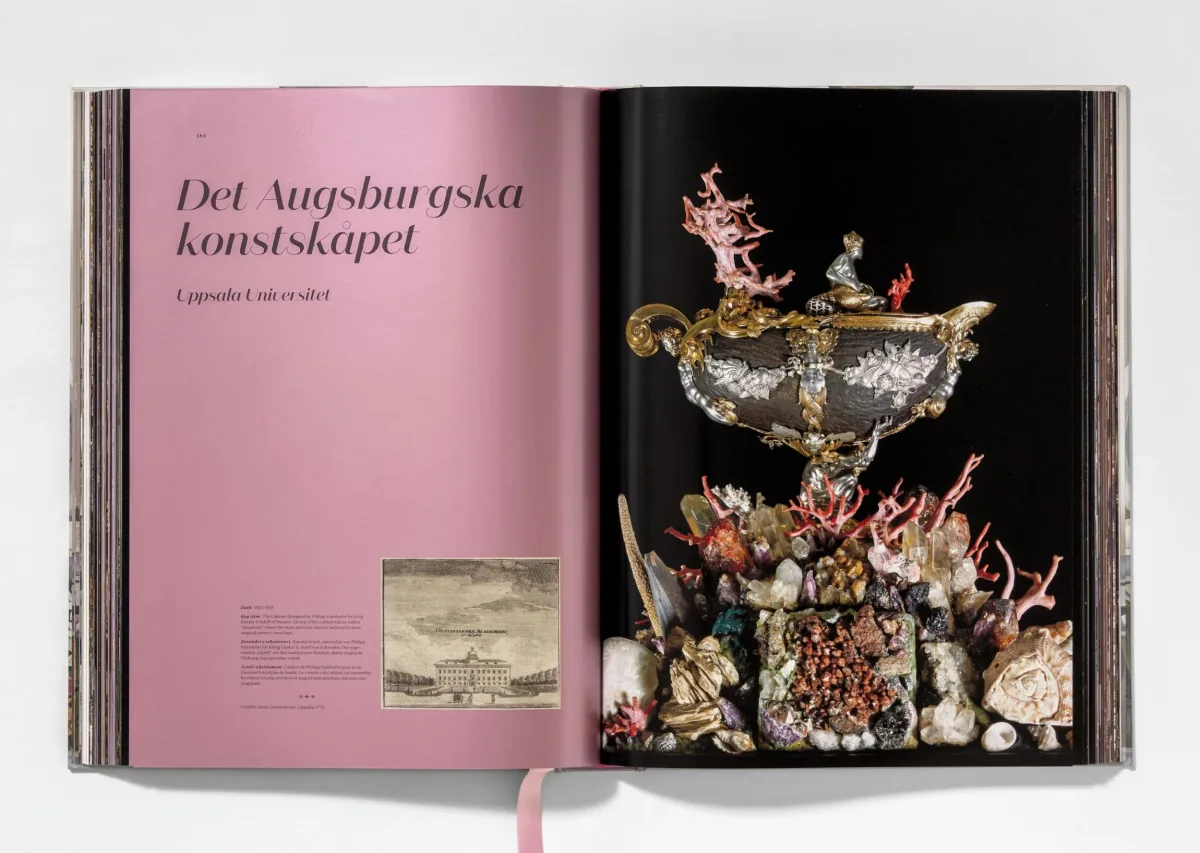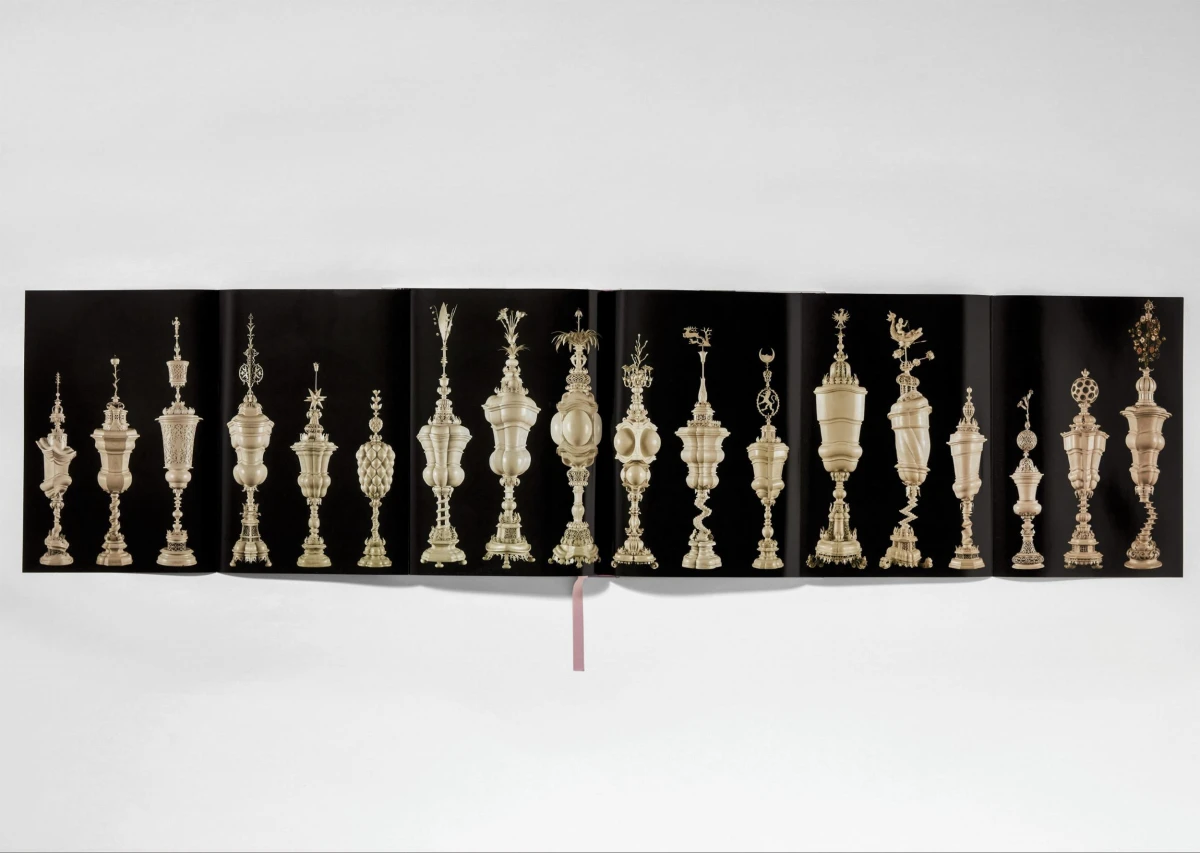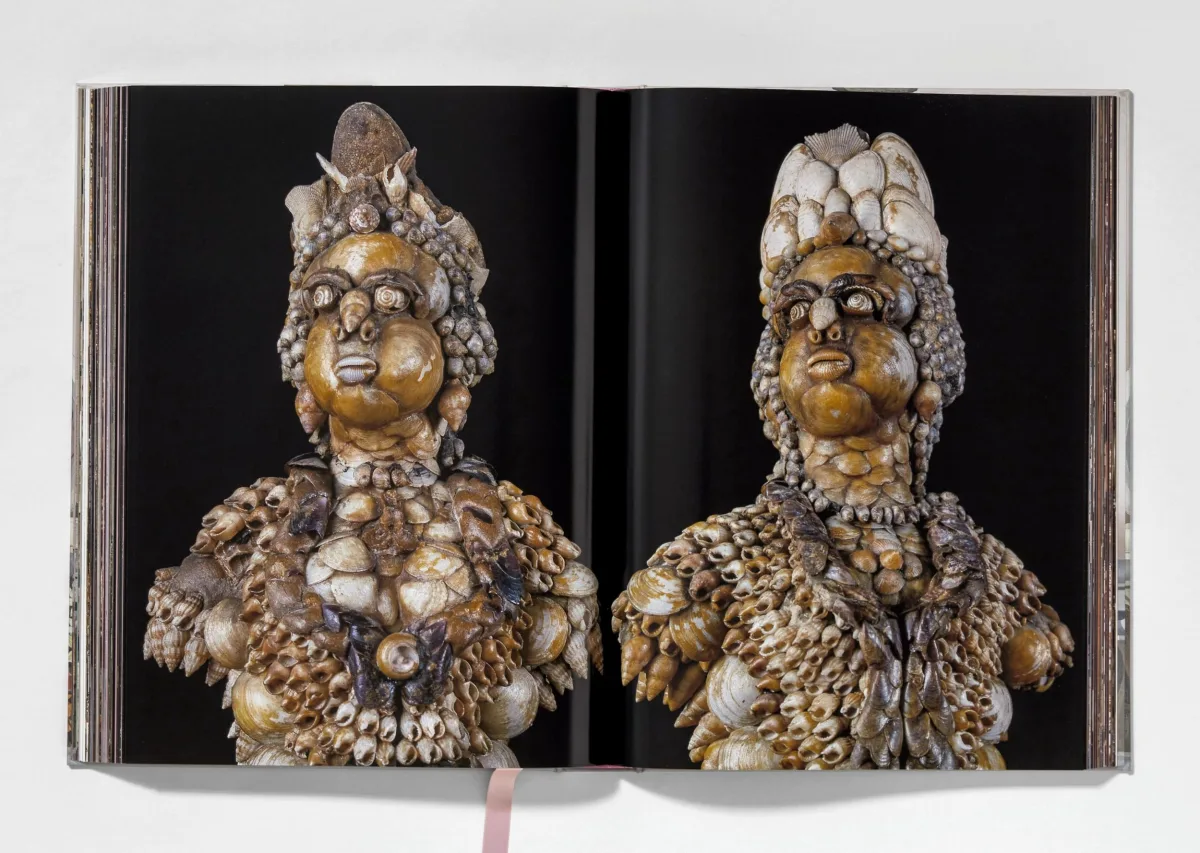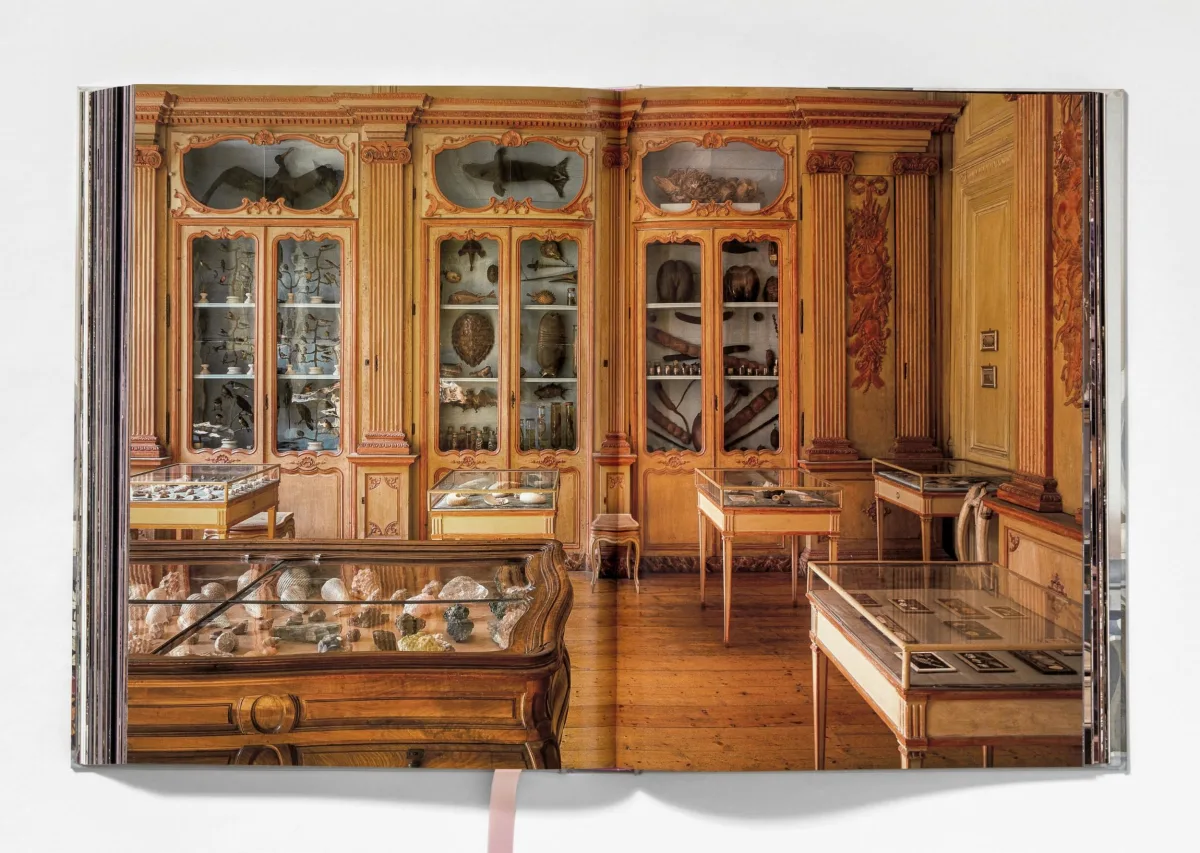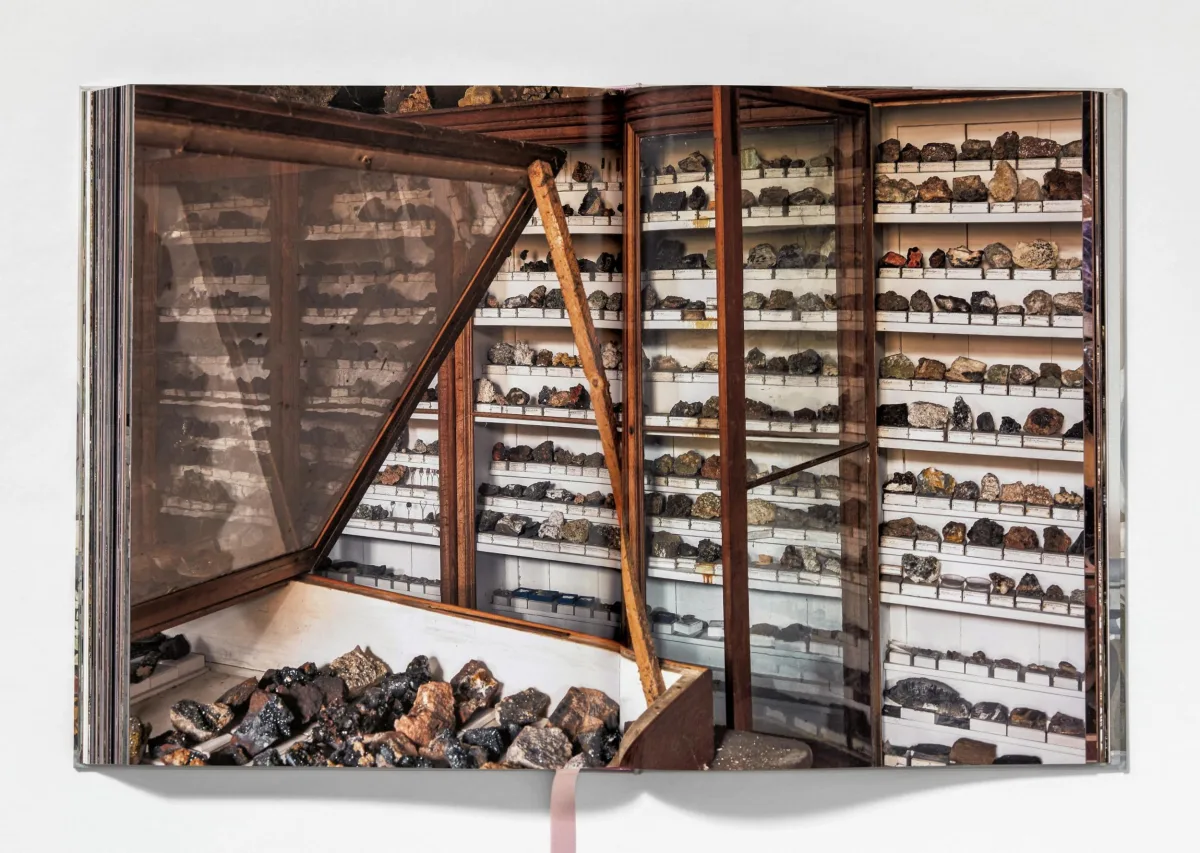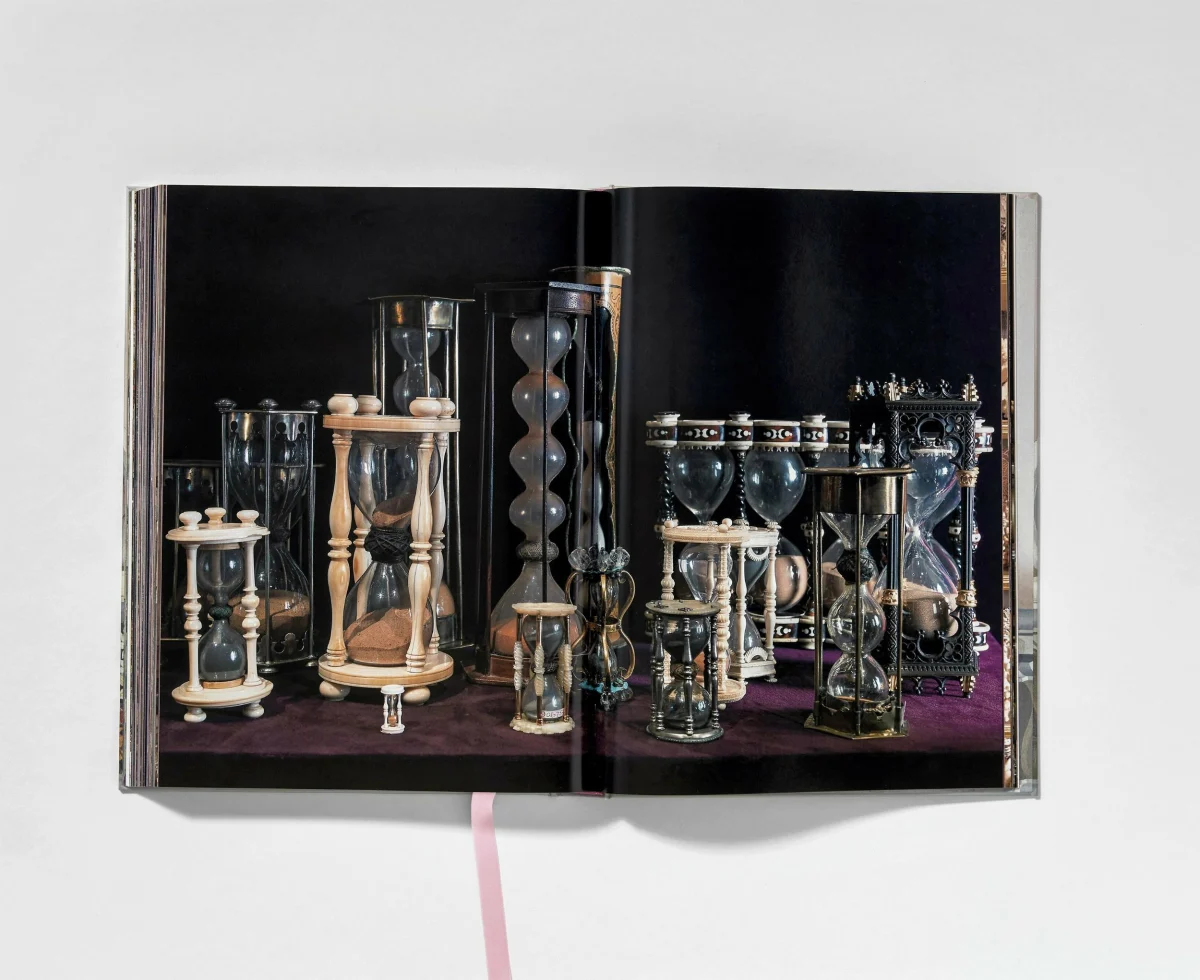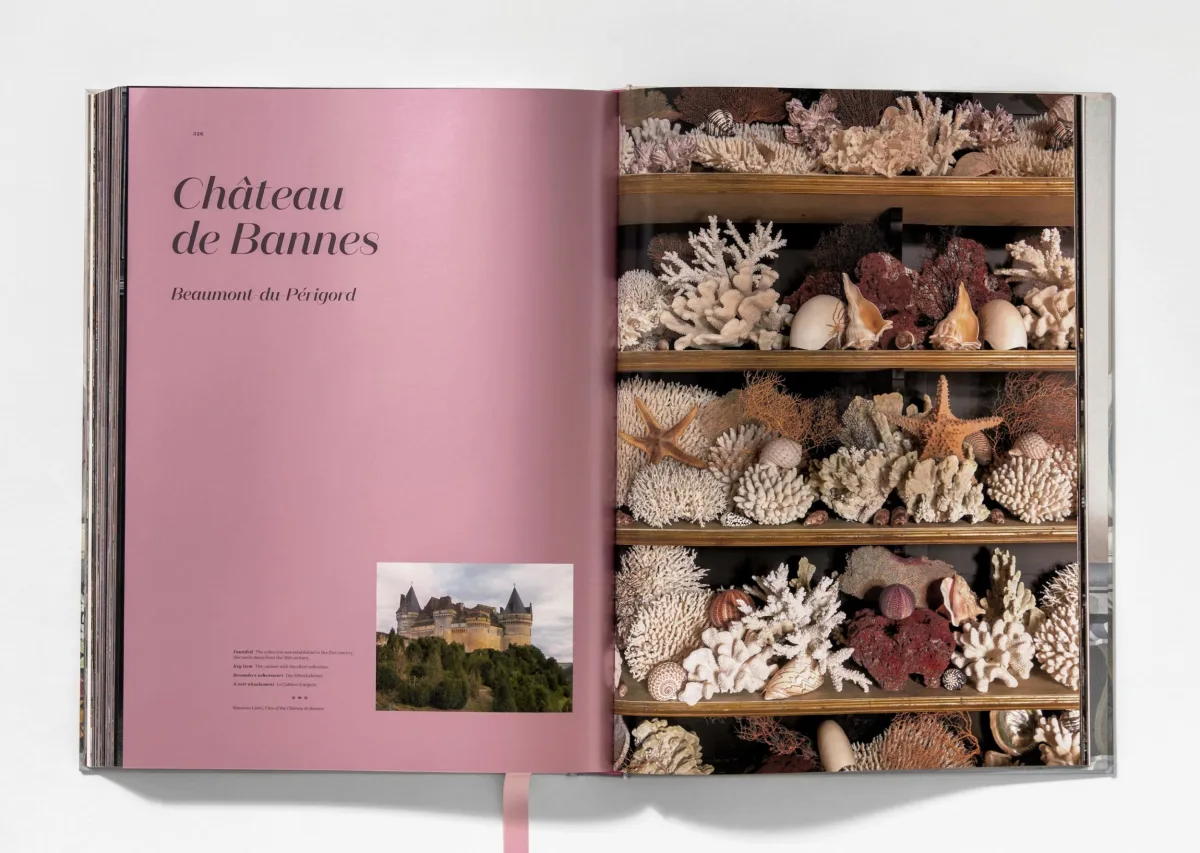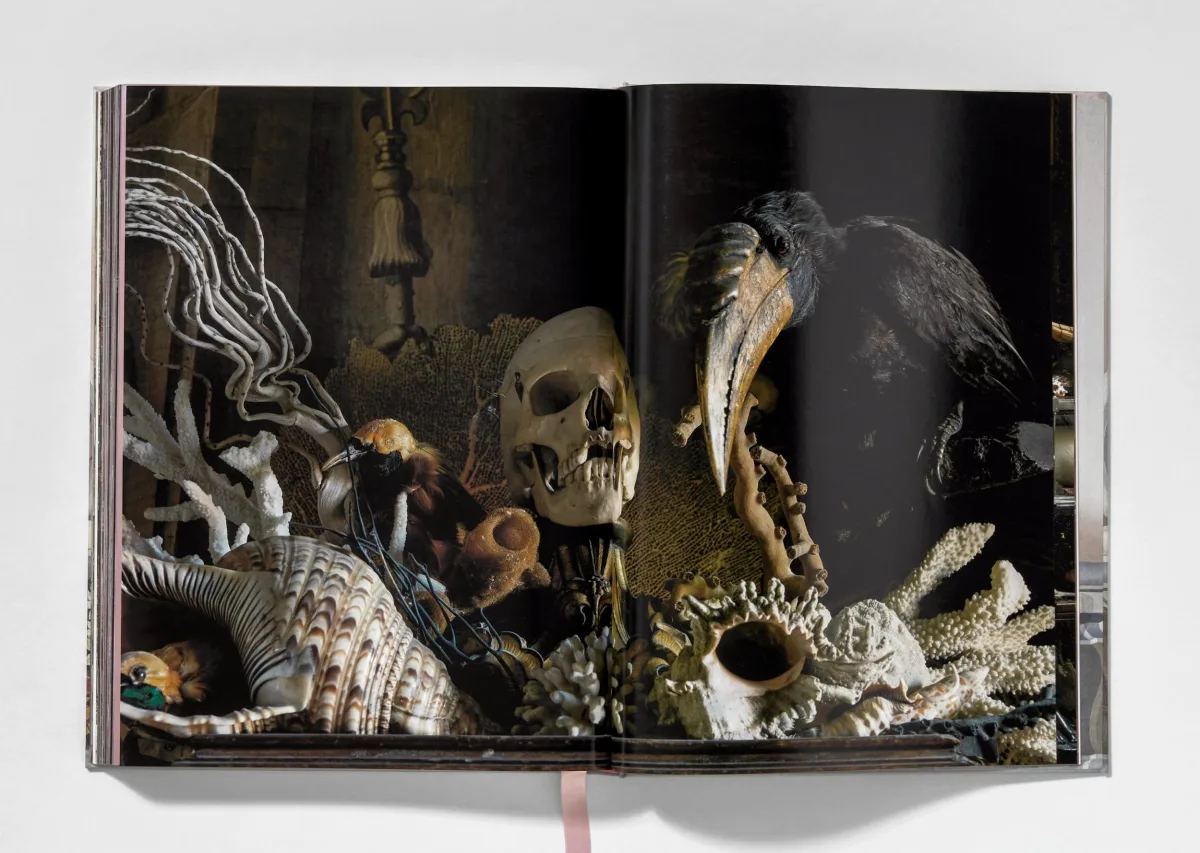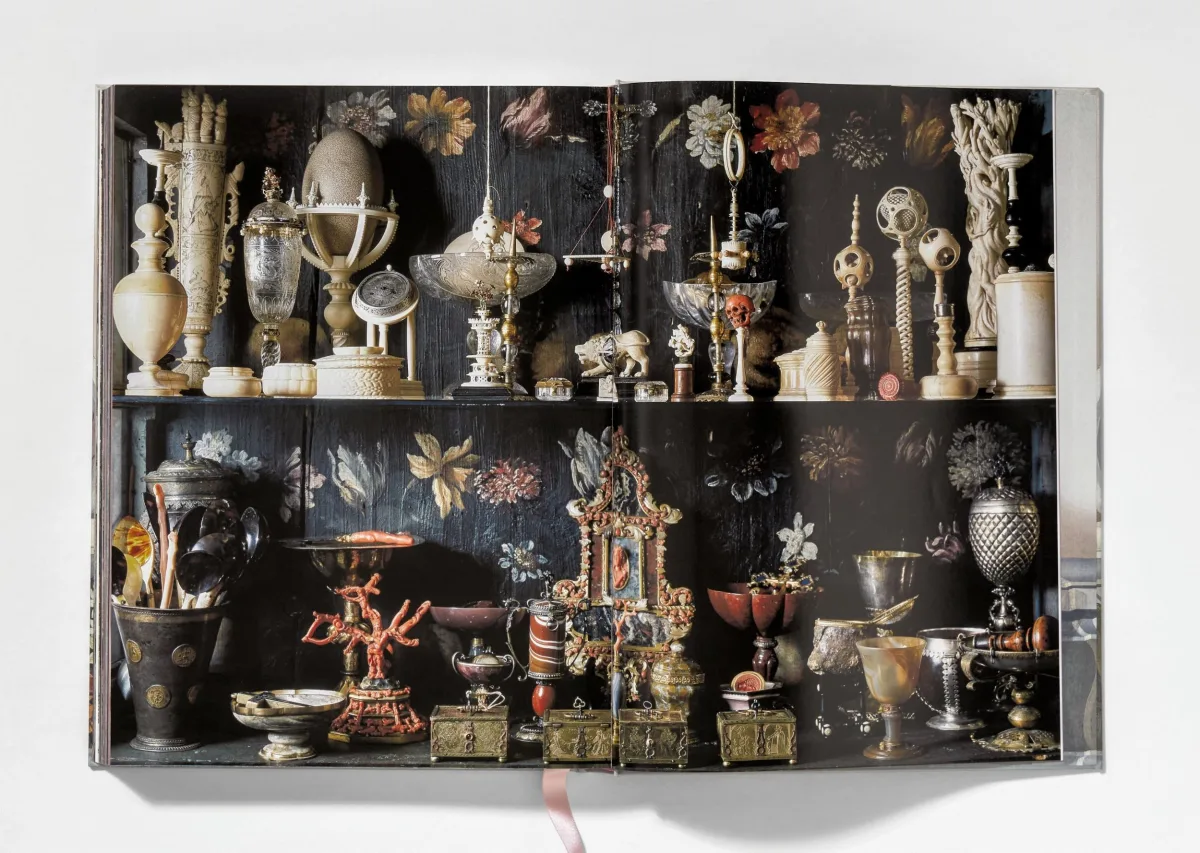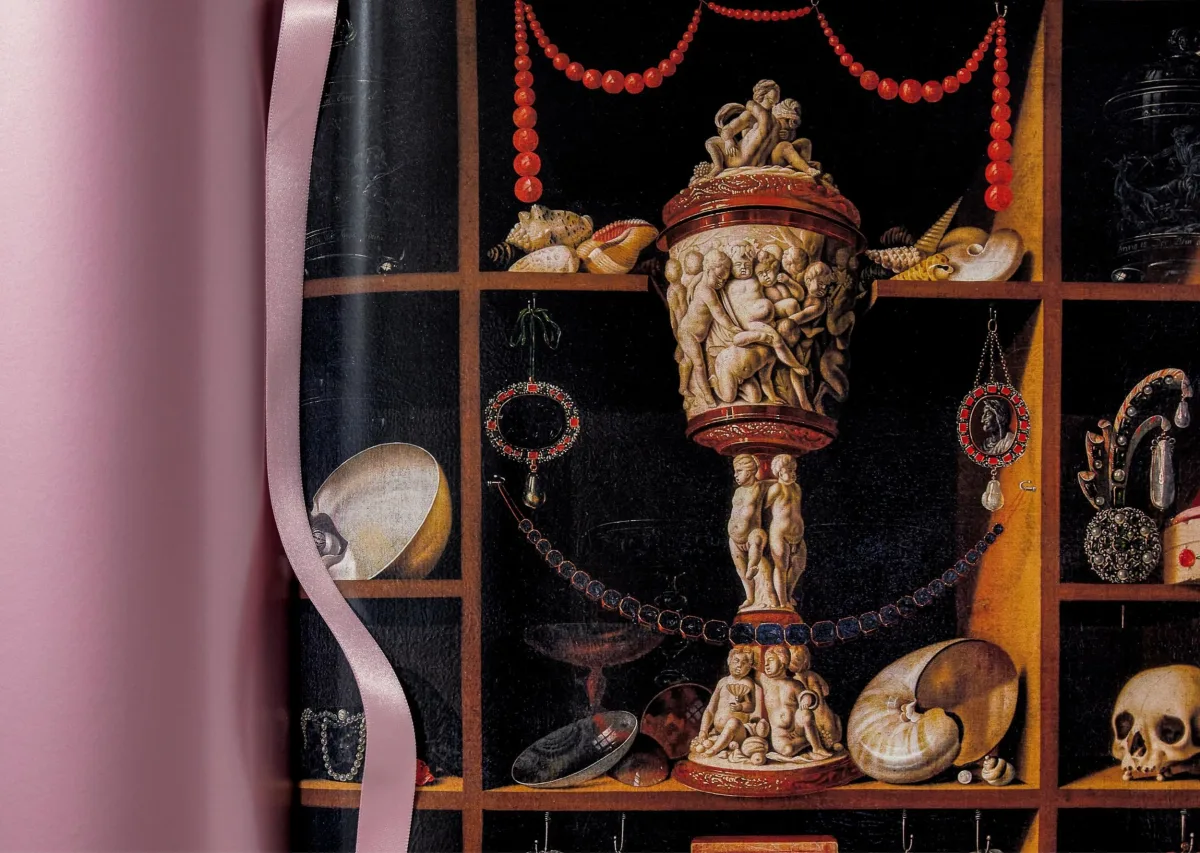Massimo Listri. Cabinet of Curiosities

Listri. Cabinet of Curiosities
200From the Grand Duke Francesco I de’ Medici and Holy Roman Emperor Rudolf II to Archduke Ferdinand II of Habsburg, these aristocratic virtuosos acquired, selected, and displayed the objects in real-life catalogues that represented the entire world—spanning architecture, interior design, painting, sculpture, gemology, geology, botany, biology and taxonomy, astrology, alchemy, anthropology, ethnography, and history.
Marvel at the unicorn horns (narwhal tusks), gems, rare coral growths, Murano glasswork, paintings and peculiar mechanical automata. Browse through illustrations of exotic and mythical creatures and discover the famed “Coburg ivories,” an astounding collection of crafted artifacts. These collections are nothing short of a journey through time, from the Renaissance and Age of Discovery, the Mannerist and Baroque periods, up to the present day. Although many of these cabinets of curiosities no longer exist, others have been meticulously reconstructed, and new ones born.
These marvelous cabinets of curiosities can now be explored by all in this XXL collection. To realize this mammoth undertaking, Massimo Listri traveled to seven European countries over several decades; the result is a set of gorgeous photographs, an authoritative yet accessible introduction, and detailed commentary on each of the 19 chambers highlighting the most remarkable items in each collection. Discover how these timeless treasures both describe and defined civilization, the modern concept of the museum, and our very knowledge of the universe.
Il fotografo
Massimo Listri, a Florence native, is a photographer renowned for his masterful architectural and interior compositions. Known for capturing the opulence and rich histories of palaces, libraries, and museums, his work has been featured in design magazines and, in collaboration with international publishers, been collated into over 70 books. He has photographed numerous notable sites, including the Vatican Library and the Palace of Versailles.
Gli autori
Antonio Paolucci (1939–2024) studied art history under Roberto Longhi in Florence and began his career in the management of cultural heritage. He was the superintendent of cultural heritage in Venice, Verona and Mantua, and became director of the Opificio delle Pietre Dure in Florence and the superintendent for the Polo Museale Fiorentino. Later, Paolucci was the director of the Vatican Museums. A specialist in Italian Renaissance art, he authored museum and exhibition catalogues, as well as publications on Donatello, Piero della Francesca, Raphael, Michelangelo and Benvenuto Cellini, amongst others.
Massimo Listri. Cabinet of Curiosities
Copertina rigida, 29 x 39.5 cm, 5.00 kg, 356 pagineISBN 978-3-8365-4035-3
Edizione: Multilingue (Francese, Inglese, Tedesco)4.9

